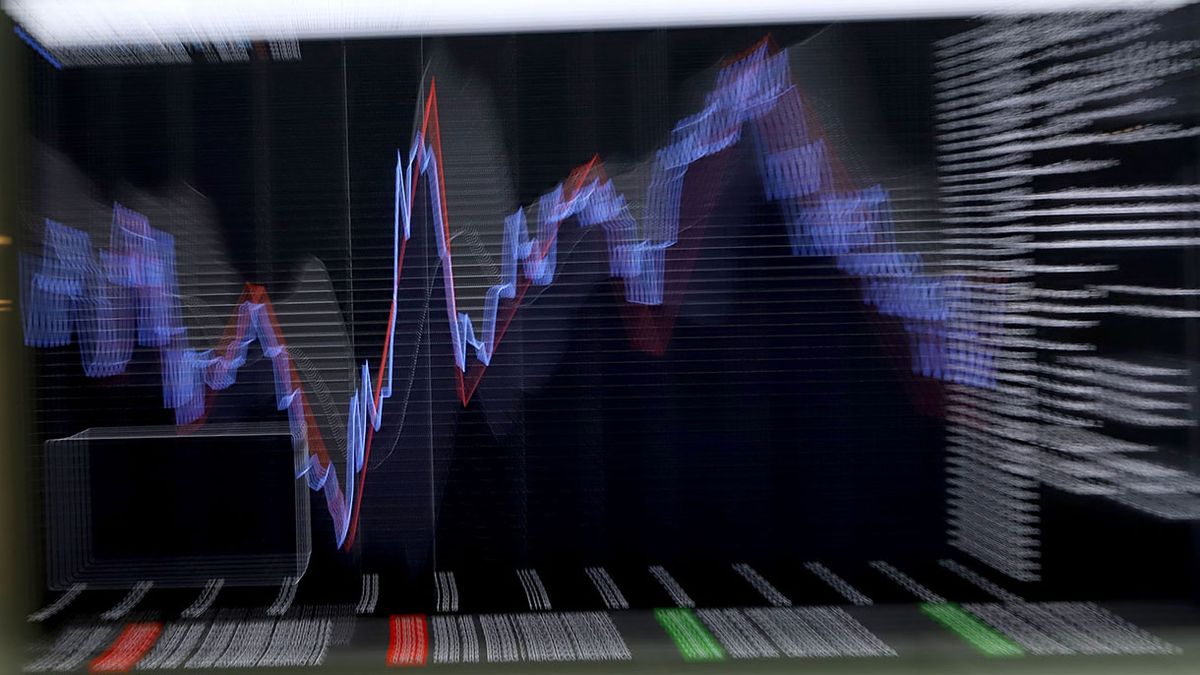After the euphoria over Massa’s inauguration, bonds practically returned to previous lows. Let’s look at the case of the AL30, the most traded bond:
B1 29-9.png
It is currently worth less than US$20 (strictly worth US$18.5) and promises a cash flow of US$104 until 2030. The market expects a restructuring scenario, since it does not trust that the government pay everything in a timely manner.
The question lies in understanding how strong the restructuring can be, in terms of removing capital and coupons. The pessimism is so much that, even with a strong haircut, the bonds could be left with considerable yields.
Even Morgan Stanley presented a report on the country’s situation, stating that the bonds are still very cheap and that they offer good return prospects, even with a restructuring.
Like any investment, if you are looking for attractive returns, you have to take a lot of risk. And even more so when it comes to Argentine assets. Therefore, Morgan Stanley concludes that these risks are worth taking, given current conditions. Logically this recommendation is for aggressive profiles.
What is Morgan Stanley based on? He affirms that Argentina will not have room to apply gradualist policies in order to solve the fiscal situation. That is why an adjustment in the public accounts will be necessary, which would allow it to stabilize the economy.
Can that scenario happen? It’s a possibility, of course. Although we are still in Argentina and the situation could worsen even more. Therefore, the assets could go looking for lower prices. Conservative profiles, abstain.
It is best not to trust what the banks recommend. There may be other reasons why they make those claims. Let us remember that, in March 2019, Morgan Stanley recommended buying Argentine bonds.
Morgan Stanley, on Argentina: “It is time to buy bonds in dollars and pesos”
A few months later bonds fell by more than 50%. For this reason, the recommendations of foreign banks must always be taken with a grain of salt.
Is the Massa effect over?
The arrival of Serge Massa it brought fresh air and there was a honeymoon with the markets: stocks and bonds rose and the dollar calmed down. But after some measurements, it seems that the Massa Effect collapsed. Argentine bonds fell more than 20% in a few weeks.
Is it explained only by local factors? clearly not. In fact, the global context influences a lot. The dollar is appreciating strongly worldwide (maximum of 20 years), which implies that the rest of the currencies are devaluing. Interest rates in the US are flying, setting new records, and caused a strong flight of capital in risk assets.
Faced with this scenario, the bonds of emerging countries (Brazil, Mexico, Chile, Turkey, Indonesia, Peru, Colombia, Uruguay, and others) accelerated their fall. Let’s see the graph of EMB, a fund that groups the bonds of these countries:
B2 29-9.png

As can be seen, the bleeding in emerging bonds does not stop. EMB broke the Covid lows in 2020 and is already close to 2008 levels, in the midst of the subprime crisis.
Argentina is part of this fund, although with a very small participation, close to 1%. But it doesn’t stop matching the general sentiment of the market. If bonds from much more developed and orderly countries (Brazil, Chile, Uruguay, etc.) are skimming and plummeting, it is logical that Argentine bonds will also suffer.
For this reason, the drop in recent weeks has to do, in large part, with the harsh context that emerging debt is experiencing.
What can happen in the future with Argentine bonds? There is a lot of uncertainty. It is true that they can have a great return if the situation is minimally on track. And that’s why they look so attractive. But it is also true that they are worth what they are worth for a reason, because it is not good quality debt. The market is suspicious and looks sideways, given the country’s credit history. And for now, the global context doesn’t help.
To finish, we invite you to download a report with all the variables you need to know to understand the price of the dollar in Argentina. I recommend it to you. You can download it at this link: Financial Letter – Bonds.
Source: Ambito




